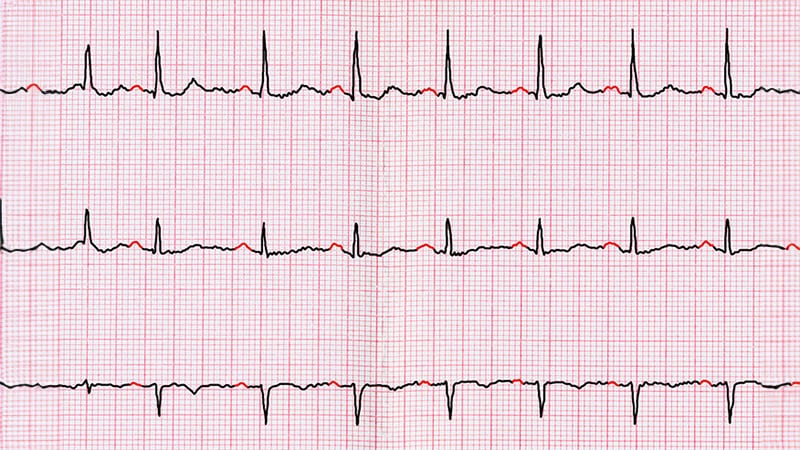Takeaway
- Female patients with incident heart failure (HF) are at increased risk for venous thromboembolism (VTE), mainly driven by an excess risk for pulmonary embolism (PE), compared with male patients.
Why this matters
- Findings may help improve clinical decision-making regarding VTE prophylaxis in patients with HF.
Study design
- Population-based cohort study of 32,330 patients diagnosed with incident heart failure (male, 17,092; female, 15,238) during 2000-2015.
- Main endpoint: primary diagnosis of VTE, defined as PE and/or deep venous thrombosis (DVT).
- Funding: The Obel Family Foundation.
Key results
- Female patients with incident HF were at increased risk for the combined endpoint of VTE vs male patients (1-year adjusted relative risk [aRR], 1.30; 95% CI, 0.97-1.73; 3-year aRR, 1.34; 95% CI, 1.07-1.67).
- After 1-year of follow-up, female patients with incident HF were at higher risk for PE (aRR, 1.62; 95% CI, 1.10-2.38) but not DVT (aRR, 1.05; 95% CI, 0.61-1.83) compared with male patients.
- After 3-years of follow-up, risks for PE (aRR, 1.45; 95% CI, 1.07-1.96) and DVT (aRR, 1.23; 95% CI, 0.86-1.75) were higher in female patients with incident HF vs male patients.
Limitations
- Possibility of underestimation of prevalence of true population with HF.
- Only patients with a primary discharge diagnosis of HF were included.
References
References



